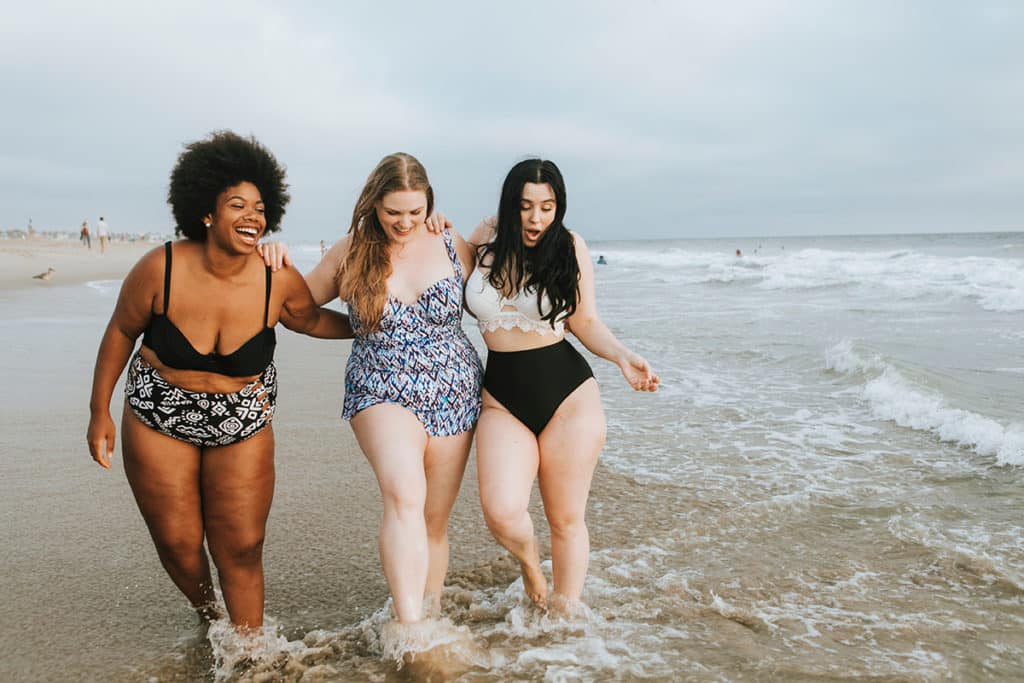Is Fashion Fatphobic?
Women can expect to experience 31 dress size changes throughout their lifetimes. Age, illness, pregnancy and nature can all affect our size and weight. But the fashion industry is notoriously ‘fat-phobic’; clothing is made to fit a certain size, meaning we have to buy a new item each time our bodies fluctuate
For those above a size 16, it can be even more difficult to find the right clothing and feel accepted by society. Representation for fuller-bodied women is scarce and many brands do not cater to this size at all. This is despite the fact that the average size of a UK woman is – you guessed it – a size 16.
Many women feel they can’t find clothing that caters to their body time. When you take into account how different we all are in terms of height, weight and measurements, it’s not difficult to see why one pair of trousers will not fit the majority of women.
Add that to our monthly fluctuations, it’s easy to see why millions of items of clothing end up on landfills each year.
An Attempt at Inclusivity
Brands are starting to take notice of what their customers want. Clothing retailers like H&M and ASOS have begun to hire more plus-size women in their advertising and we are seeing more brands selling a wider range of sizes.
But this doesn’t change the fact that, as we fluctuate physically, our clothing is too sturdy to change with us. It’s a step in the right direction but those wanting to save money and help the environment, more needs to be done.
Smart Design
Fortunately, a new wave of designers has begun to engineer clothing is a new and ingenious way. They are making clothing adaptable with clever hemming, high-quality fabrics and adjustable fittings.
After years of altering clothes herself, Kenyan designer Anyango Mpinga started a brand to help cater to people who, like herself, struggle to find the perfect fit in-store.
“Strict sizes are not realistic”, Mpinga comments. US designer Mara Hoffman agrees. “The longer the customer owns the piece, the longer it’s kept out of the landfill,” Hoffman says.
These designs, or ‘hacks’, are simple but effective. Hems are curved and fabrics are thicker so they don’t cling. Stretch is added in hidden locations, while detachable belts offer adaptable waistlines. Elastic sleeves help maximize comfort and shoulders can contain hidden lingerie loops for larger bra straps. It might seem like simple and obvious tailoring, but no one has been doing it until now.
All designs are made with the consumer’s end-use in mind. This means items should have far more longevity, providing us with years’ more wear than our current wardrobe.
It also gives us room to relax. Everyone fluctuates, and feeling too big for your clothing can be a sobering and humiliating feeling. It can also create feelings of anxiety and panic. No one should feel shamed into weight loss, particularly if there is no health reason for it. Adaptable clothing gives us the space we need to fluctuate in a healthy and realistic way without the pressure society currently puts on us to be a certain weight and dress size.
